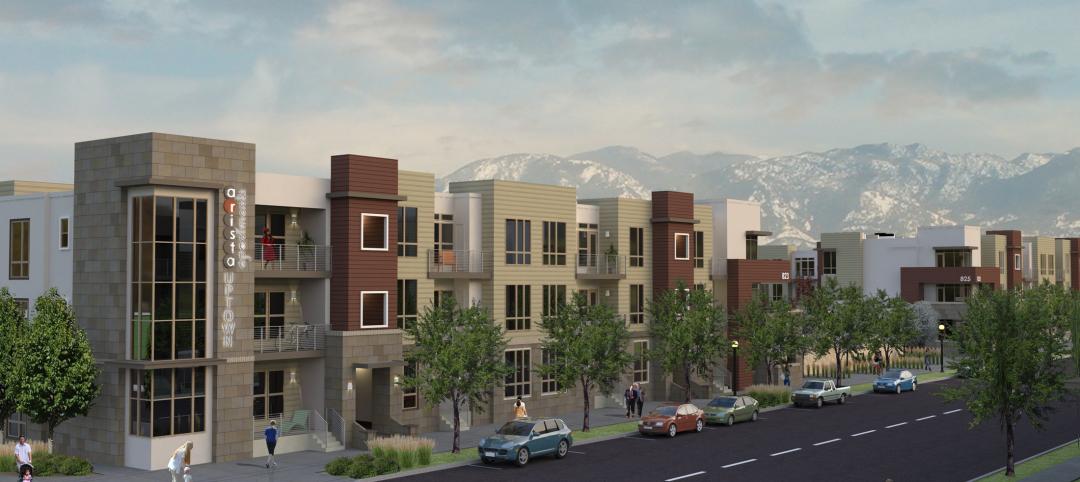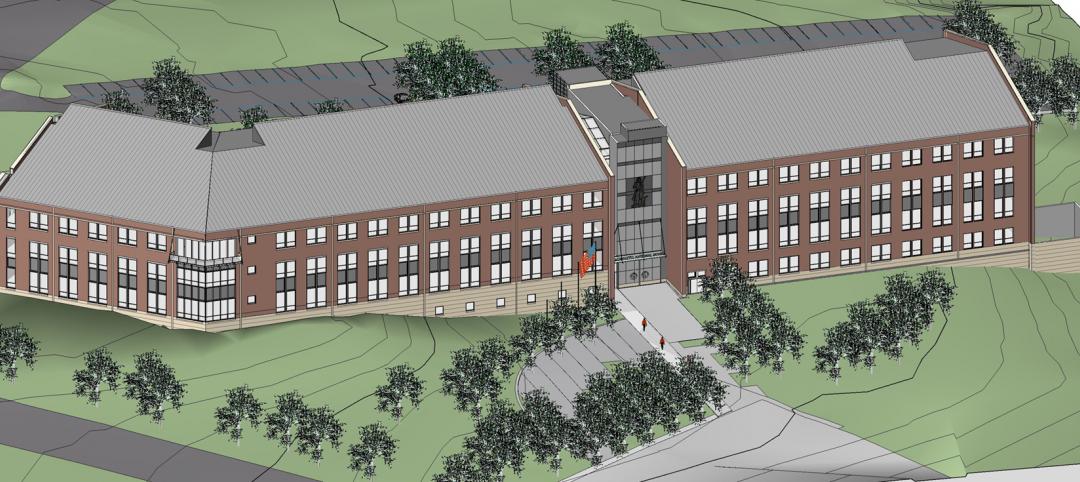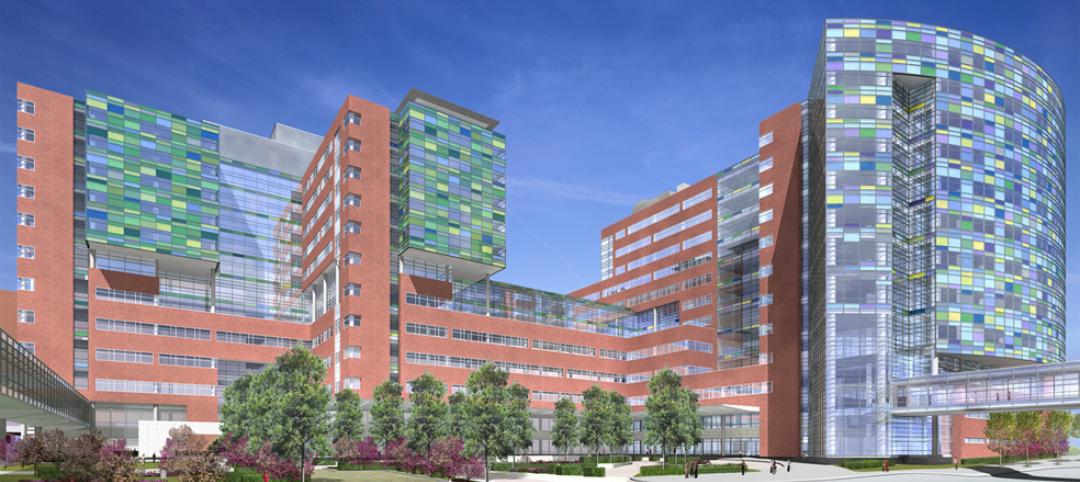Construction work is demanding—both physically and mentally—and the likelihood of injury or disability is higher than other sectors. As an industry, we have done an excellent job at emphasizing and improving site safety so that everyone goes home safe every day. But what about going home healthy?
While formal regulations, planning, and union collective bargaining agreements have helped address many health and safety risks, more holistic health and wellness issues, such as dehydration, weight management, poor air quality, and stress, are less commonly addressed.
New research on wellness in the construction sector highlights interventions that could be effective in addressing these issues.
1. Hydration stations. Dehydration can cause cognitive impairment and acute illness, and is linked with long-term health consequences like kidney stones and bladder cancer. Convenient, visible access to water is often considered the first step in addressing worker dehydration. In fact, many municipal and state laws require construction companies to supply water on their jobsites. Structure Tone’s Boston office not only supplies water to its jobsites, but goes one step further by delivering it from a hard-plumbed water source, which reduces the chance for contamination associated with a standard, five-gallon jug water dispenser system.
2. Access to healthy food. The prevalence of overweight employees within the construction industry is significantly higher than the general adult population. This has obvious health implications, but also business implications. Obesity can increase the risk of workplace disability, as well as decrease work ability and performance. Leading construction companies are addressing this issue head on. Turner Construction, for example, has implemented “wellness trailers” equipped to not only handle immediate medical responses, but also to help address chronic health issues such as obesity and Type 2 diabetes by providing healthy food and educational resources. Similarly, BCCI Construction recognizes the limitations of food storage on jobsites and has started providing food and beverages that are low in sugar and high in protein.
3. Space and tools for mindfulness. Workplace stress is linked to depression, anxiety, and even suicide. Empirical research on mindfulness in the construction sector supports the proposition that it could be beneficial to workers. Lendlease, for example, has recognized the importance of integrating mental health into its culture. Acknowledging that construction employees are more likely to experience high levels of stress, anxiety, and depression, they introduced Wellbeing Leave in 2015, which gives all employees one day every four months to address any health and wellbeing needs. Almost 70% of Lendlease’s employees used their Wellbeing Leave in 2018.
4. Improved air quality. Many construction companies use air quality monitoring and mitigation efforts such as water trucks, wind break installation, and stockpile coverings to manage air quality. Innovative companies, such as Pepper Construction, are going a step above by also addressing air quality within site trailers. Pepper’s trailers include such features as low-VOC/Greenguard Gold-certified acoustical panels and sheetrock, green cleaning supplies, walk-off mats, and operable windows that can provide fresh air.
Wellness in construction: The WELL Building Standard
Wellness features like these on construction sites aren’t just a minor workplace perk but a competitive advantage. Occupational injuries and illnesses cost the global economy over $1.25 trillion, with a disproportionately high rate of recorded accidents in the construction industry. Physically healthier, more mindful employees may be a key component to addressing this issue.
Luckily, construction organizations don’t have to start from scratch. Many of the wellness features outlined in the WELL Building Standard, such as those relating to the mind, nourishment, water, air, and physical activity, can be implemented outside of the typical corporate office on worksites and within construction trailers. Some forward-thinking construction companies like Structure Tone and BCCI have pursued WELL certification for their corporate offices to navigate and institute the associated behavioral changes before migrating those health and wellness opportunities to the jobsites.
BCCI has recently started surveying employees on jobsites to help identify the key impacts and strategize what wellness features to implement. What’s more, the Sustainability Construction Leaders group—sustainability leaders from national construction firms—and the resources behind the wellness building movement are ready to further help the industry integrate healthy workplace practices for construction workers.
About the Authors
Stephanie Timm, PhD, Senior Director, Delos; Whitney Austin Gray, PhD, Senior Vice President, Delos; Kena David, Director of Sustainability, BCCI Construction; Halie Colbourne, Sustainability Associate, BCCI Construction; Jennifer Taranto, Director of Sustainability, Structure Tone
Related Stories
| Apr 19, 2012
Holcim cement plants recognized at PCA Spring Meeting
The Holly Hill plant received the PCA’s Chairman’s Safety Performance Award in recognition of their exceptional health and safety programs. The Theodore plant received the Environmental Performance Award in recognition of the steps they take beyond those required by laws, regulations and permits to minimize their impact on the environment.
| Apr 19, 2012
KTGY Group’s Arista Uptown Apartments in Broomfield, Colo. completed
First of eight buildings highlights unique amenities.
| Apr 19, 2012
Nauset begins work on $20M Joint Forces HQ at Hanscom AFB
3D imaging key to project timetable and cost containment.
| Apr 19, 2012
HBD Construction names Steven Meeks vice president
Meeks will provide expertise for the company in its many diverse areas of construction projects including health care, senior living, education and retail.
| Apr 18, 2012
Lafarge moving North American headquarters to Illinois
Lafarge CEO John Stull says the factors in their decision were location in the Midwest and area transportation.
| Apr 18, 2012
Positive conditions persist for Architecture Billings Index
The AIA reported the March ABI score was 50.4, following a mark of 51.0 in February; greatest demand is for commercial building projects.
| Apr 18, 2012
Syska Hennessy re-launches Information and Communication Technology practice
The ICT practice will focus a blend of products including Information Technology, Security, Audiovisual, Building Automation, Fire Life Safety, Medical Communications and Intelligent Building Systems.
| Apr 18, 2012
Perkins+Will designs new complex for Johns Hopkins Hosptial
The Charlotte R. Bloomberg Children’s Center and the Sheikh Zayed Tower create transformative patient-centric care.
| Apr 18, 2012
BBS Architects & Engineers acquires Ward Associates
The merged companies’ on-going project portfolio valued at $220 million.
| Apr 17, 2012
Princeton Review releases “Guide to 322 Green Colleges”
The guide profiles 322 institutions of higher education in the U.S. and Canada that demonstrate notable commitments to sustainability in their academic offerings, campus infrastructure, activities and career preparation.

















